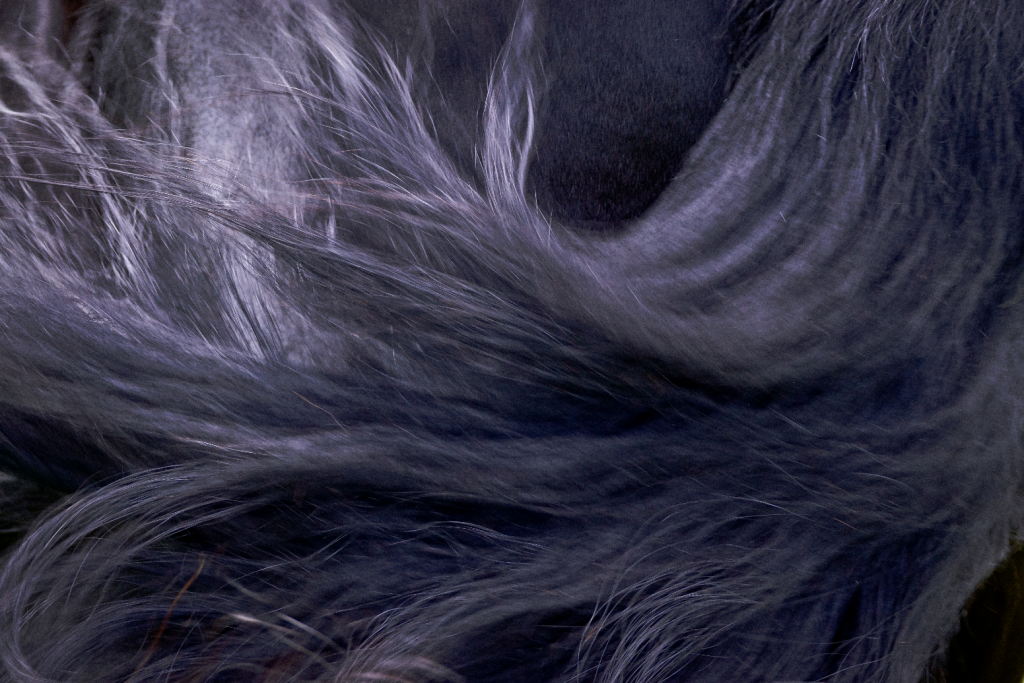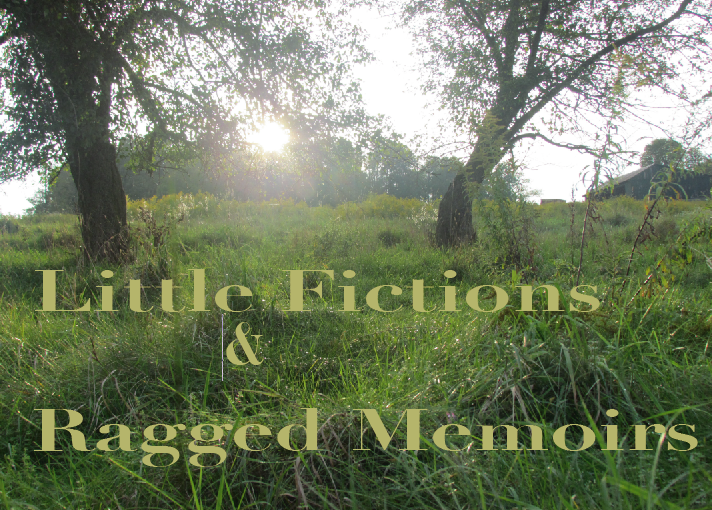Category Archives: the body
tail, breath
I took many, many pictures of Capprichio yesterday. He is a black stallion, a Baryshnikov among horses and the love of my horse life. He is also very equanimous about having his picture taken.
Some horses are not. Sanne, the Lily of Holland, Pam White’s big Friesian, is very cagey, wary and not especially cooperative. he is not exactly nervous, but he is an avoider (much like myself).
That brings me to another subject. After a certain age, I did not want my photo taken. I am more than a little embarrassed about this. I would like to be easier with it.
I got some significant help yesterday when I watched the film Breath Made Visible about the now ninety year old dancer and choreographer Anna Halprin. It is stunning. She is stunning. There is a glory in her that is so rare, so unabashed, so full that I just sat in silence for many moments after the film. (It is available on Netflix.)
What this has to do with for me (in part) is a willingness to be seen, to be witnessed, to be held in the attention of a single lens or a large audience. These are the waters that I am stepping into again now. At the end of the film, Halprin says that she wants her dances and her dancing to connect to something profound and shared. (I am paraphrasing badly.)
That is true for me as well. What I danced about before is not what I want to dance now. In the past I made beautiful, feral dances that were like a Chinese sliding block puzzle: you had to work hard to discover the order, the relationships and the meaning. Now I want to dance you into the eye of the storm and into my wild heart. I cannot wait to see what will happen.
Watch this film. It is not to be missed.
SUBSCRIBE HERE to receive the Free Daily Post.
Comment on Google+
try this!
Little Fictions & Ragged Memoirs is weekly subscription writing. Most of the writing is what I like to call “ragged memoirs:” experiential pieces that dive deeper than I do in the blog posts. Occasionally I write short fictions that are also based in my own experience. The writing is physical, cinematic and experiential. Here is an example:
Body Stories
The book of the body
The the scroll of the body
The etching of the body
The earth of the body
The sky of the body
The language of the body
The singing of the body
The sheaves of the body
The stalks of the body
The branches of the body
The vines of the body
The fields of the body
The cave of the body
The lessons of the body
The memories of the body
I look at my body and I wonder: what has been lost and what needs to be lost? What remains to be found? What can be recovered? What am I learning in this exact moment from the body? I think it is to feel myself in the interstitial spaces – the places where life and sensation accumulate in invisible lines – like subtle, moving geologic strata beneath the crust of what we can see. The earth of the body.
I want to feel what is being laid down even now as I write.
I have art etched onto my body. A collection of tattoos. Cuttings of the flesh. Etchings on skin. I am an illustrated woman. The images on my back are horses and magnolias. Winding trunks and branches of pink blossoms and green leaves weaving around the dark, turbulent bodies of Chinese horses. A wild mare flying down my left arm. A stallion like Nelson on my left shoulder blade. A second black spirit horse flying up the right side. A small faint pony peering over the left shoulder. Magnolias spilling over my right shoulder onto my chest.
The last tattoo was so excruciating that I felt the artist was cutting into my shoulder blade with a knife. I wept as he finished the last scrolling Tibetan clouds. The wide needles used for that work were worse than any of the small thin ones. It felt as if I were being flayed.
The horses are under my skin. They were even before I put them there indelibly. A woman of a certain age asking to be marked, to have her horses imprinted on her flesh. Eternal horses. And yet when I am consumed by flames, so will they be. None of us will stay past our time. I feel they have my back, that they hold a mythic story, a fairy tale, a cabalistic history that is playing out whether I am looking or not.
When I see my hands in the mirror I am startled, momentarily horrified. How did my mother’s veined and wiry hands come to be attached to the ends of my arms? When I am dancing and using my hands, I know that I have earned all of those strange mappings. They are brilliant, dancing their complicated mudra, their secret, febrile language. The dances have always been stored in the hands, and then move like the feral tides of the bay of Fundy: pouring in thick waves up and through the channels of my body.
Now I dream of calligraphic birds flying up my right calf and thigh. I collect the images: birds of color, splayed wings, tumbling, spiraling. I can feel them there even though they are not. At the same time, I feel that I am finished. I may not need to be marked again. But there are other ways in which I am not finished. Other ways in which I know that I am just beginning. I am not talking about tattoos.
I am talking about wisdom. I am talking about joy. I am talking about discovery and delight and appreciation. Those are the things that it has taken me six decades to stumble upon, to uncover, to unearth, to carve open. These things – joy, appreciation, delight – are not just destinations, but the places toward which we are continually moving. Not driving with our high beams shining down a known road, but dreaming ourselves forward using celestial navigation, an emotional sextant. Charting a course to ravishment. My friend, the playwright and actress Laurie Carlos, stood with me on a beach on Martha’s Vineyard, and said, “I do not think I can take in so much beauty.” Her face was rapturous, looking out at the waving sea. I did not understand at the time that I had to give myself permission to be swallowed whole by the moment.
The wonder of the body
The softening of the body
The dreaming of the body
The opening of the body
The kindness of the body
The sweetness of the body
The love of the body
You can receive Little Fictions & Ragged Memoirs as a monthly subscription for $9. You are free to unsubscribe at any time. If you are already subscribed you do not need to do anything.
Even if you subscribe in the middle of a story, you will receive that piece from the beginning.
SUBSCRIBE HERE to receive the Free Daily Post.
Comment on Google+
the text of the body
 Photo: Pam White
Photo: Pam White
There was a beautiful article this week in the New York Times Style Magazine. It was written by Abraham Verghese about a journey to visit his birthplace in Kerala. The last part of the article was about his experience of having a therapeutic oil massage by a kalari masseur. Verghese is a physician and a novelist. His reflections on his body after the massage were wonderful to me:
I have been a physician since I was 24 and taught taught medical students the catechism of the body for over two decades, just as it was handed down to me by my teachers. Yet suddenly I was filled with uncertainty about the validity of everything I had been teaching. The kalari way of “seeing” the body was as foreign to me as Chinese meridians or a shaman’s way of seeing spirits or auras. And though the Western method in which I was trained is the anatomical way, the scientific way, it seemed to me that our way of “knowing” the body leaves the patient feeling that the visit is not about his body but instead is about the images and other surrogate markers of function that stand in for the body. At the level of doctor and patient, at the level of the handling of the body, and at the level of what transpires when we put our hands on patients to examine them, I wondered if we often fail our patients.
Standing there in my loincloth, it was as if I were a Talmudic scholar, or an exegete whose life was given to understanding “Finnegan’s Wake,” only to wake up decades later to find I had no deeper knowledge of God or of James Joyce. My text is the body, and at that moment I felt as if I knew so little about the body and even less about my own body, the specific collection of skin, bone and organs from which, by some alchemy of cognition, emotion, a beating heart and a functional larynx, my words, my text and these fears emerge.
But this was the surprise: the one thing I had felt fairly certain about, the Western craft of medicine, now seemed lacking and superficial. I had done some exploring of the soul, but the study of the body would have to begin again with new purpose and vigor. God give me mastery of the body, is what I prayed on the flight back. Give me body and soul. I took a vow.
My text is also the body. I have taught dancers the catechism of the body, the holy book of movement for most of my life. Looking back on the years of teaching, I also feel that at times I have failed my students. In the beginning, what I transmitted to them was how to achieve a perfection of form, a physical ideal. Ultimately, that did not work well for me. I could not achieve that perfection myself. What I am teaching now is how to push into the mystery, how to listen, how to wait, how to allow the body to reveal its delicate truths. So Verghese’s revelations were precious to me – like meeting a fellow traveler on the path.

